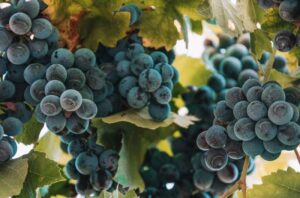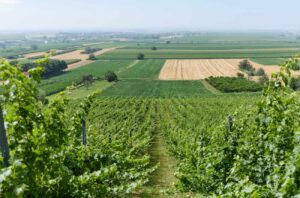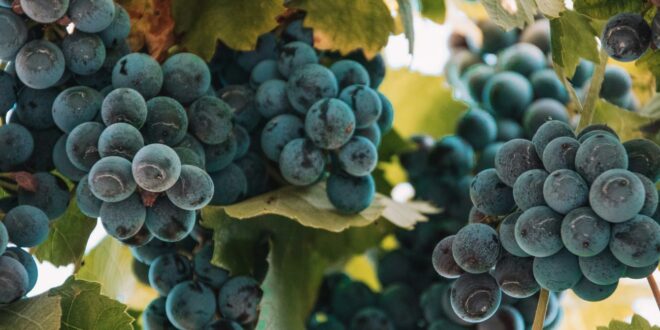
The rich palette of Balkan grapes that producers can draw from is the foundation for the region’s most exciting wines. As winemakers in Albania, North Macedonia and Serbia strive to create wines that speak of their terroir and heritage, international grapes are increasingly giving way to historic local varieties – which consumers can begin exploring by trying these six standout Balkan grapes.
Albania
Shesh i Bardhe?
Taking its name from the hills west of Tirana, this white grape is at the heart of Albania’s wine industry. This ancient variety is largely grown in hilly vineyards, enjoying maritime influences from the Adriatic and Ionian seas. It offers floral aromatics with hints of peach, pear and orange blossom – crucially, always with zesty acidity.
Kallmet
Although it is not as widely planted as Shesh i Zi (Shesh i Bardhe?’s red counterpart), Kallmet is showing greater promise, especially in the drier climate of Northern Albania. At its best here it produces medium to dark wines with red berry, rosehip and cranberry fruit, sometimes a touch of spice and supple, mineral, tannic structure.

North Macedonia
Temjanika
Everyone in the Balkans loves an aromatic white, and Temjanika has been adopted as a local favourite. It’s a permitted name for Muscat-type cultivars (Muscat Blanc a? Petit Grains, Moscato Giallo and the indigenous Balkan Temjanika Bela). Its name comes from the word for incense, describing its inviting rosewater and spice aromas. Here it is usually vinified dry with refreshing, crisp acidity.
Vranec
This inky-dark grape is truly at home in North Macedonia, where it covers more than a third of all vineyards and loves the sunny, Mediterranean-meets-continental climate. It produces deep, bold and richly flavoured wines, but always retains fresh acidity for balance. When young, it offers bilberry and forest fruit with violet nuances, then plums, chocolate and tobacco with maturity.

Credit: Martin Candir
Serbia
Gras?ac
A grape with a bright future. Quality-focused producers now use the historic Serbian name Gras?ac to leave behind its unexciting reputation as Italijanski Rizling (and elsewhere as Welschriesling). The best wines showcase pear, pineapple and lemon fruit, with subtle hints of acacia honey and green almond. It’s a versatile grape – capable of zesty, refreshing young wines, thrilling, layered, full-bodied whites and even lovely sweet wines.
Prokupac
Serbia’s flagship local red is an ancient, indigenous variety cultivated across the country. Central Serbia is its heartland, and, in the past, it was very much a high-volume, workhorse grape; now it is back in the spotlight thanks to its elegant, medium-bodied wines with red berry, cherry and bramble fruit, hints of herbs and spice, gentle acidity and fine-grained tannins.
Discover more about Wine Vision by Open Balkan
Connect on
Facebook | Instagram | YouTube
Read more about the wines of the Balkans
Balkan winemaking at a glance
Uncovering the treasures of the Balkans

The post Six top Balkan grapes to try appeared first on Decanter.
Source : https://www.decanter.com.master.public.keystone-prod-eks-euw1.futureplc.engineering/sponsored/six-top-balkan-grapes-to-try-536888/



